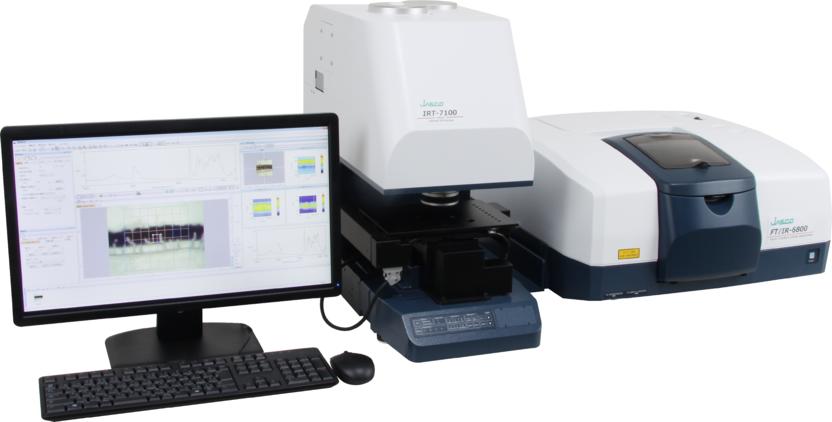

#FUZZMEASURE AND IR SOFTWARE#
I have three pieces of software that I use for various measurements. I can put my mic on a box to get it higher. I can haul my 2912's back into the shop and make measurements if that would be useful. I don't have a set of 989's here at the moment, so I can't get more measurements from that model. These files are legacy measurements from many rebuilds over the years. So while these measurements are great for my immediate needs, they are not ideal measurements for searching for other design issues. I find that windowing my data obstructs what is going on the bass area, which I use to check resonant points, and the input filter operation. I know exactly what the response should look like when I measure in the same location in my shop. My measurements are entirely for me to check the workmanship and any hidden issues with my rebuilds. When you took your measurements, were the dust covers and grills in place?Ĭlick to expand.That doesn't surprise me at all. I'll have to ask an admin about correcting the shuffled order. Hopefully the notes will still be decipherable.

Just noticed the order of attachments got shuffled a bit in those posts during the migration to new platform. To compare two CSD plots you really need to be using the same settings for FFT size, shift size, apodizing filter rise time, and dB range.įor those unfamiliar, I had posted some trend plots illustrating how the different settings affect the CSD plot. If you are able to post the impulse files, I would also be interested in seeing one for the 988 which presumably you could place mike on axis unlike the 2915. What software are you using? Are there filters available other than the Half Hanning? this will wash out the impulse decay.Īny chance you can post the raw impulse data as a *.wav or just ASCII *.txt file? I should be able to match up CSD settings with Stereophile using ARTA. PS What test signals are you considering using? I'm on a bit of a long sine-sweep kick right now, but MLS and Golay codes could also have some advantages, given different situations.Click to expand.It looks like you may have a reflection corrupting the CSD, and the range should be extended 12dB to match. So, after having spent an inordinate time collecting IRs in the last month, my piece of golden advice is this: IR collection is like recording you have to know where you want to wind up before you can know where you need to start. Work as you would during a session in the hall place the player/source on stage and then place your mics as you would a main pair. If the idea is to be more practical, though, you might approach it differently. If you're trying to gain insight into the basic room characteristics (RT60, bass ratio, envelopment, early reflection strength, etc.), a more "neutral" setup might be advised source on stage in a location mimicking the location of a solo performer or small ensemble and the mics somewhere in the audience, possible at "the best seat in the house". mic) placement will yield different results. As I'm sure you know, any change in either source (i.e. My personal bit of advice is that you need to know exactly what you're after. He is, in many ways, the current "wise old owl" of the IR world. Hey chemicalwinter, lots of good advice up above.


 0 kommentar(er)
0 kommentar(er)
